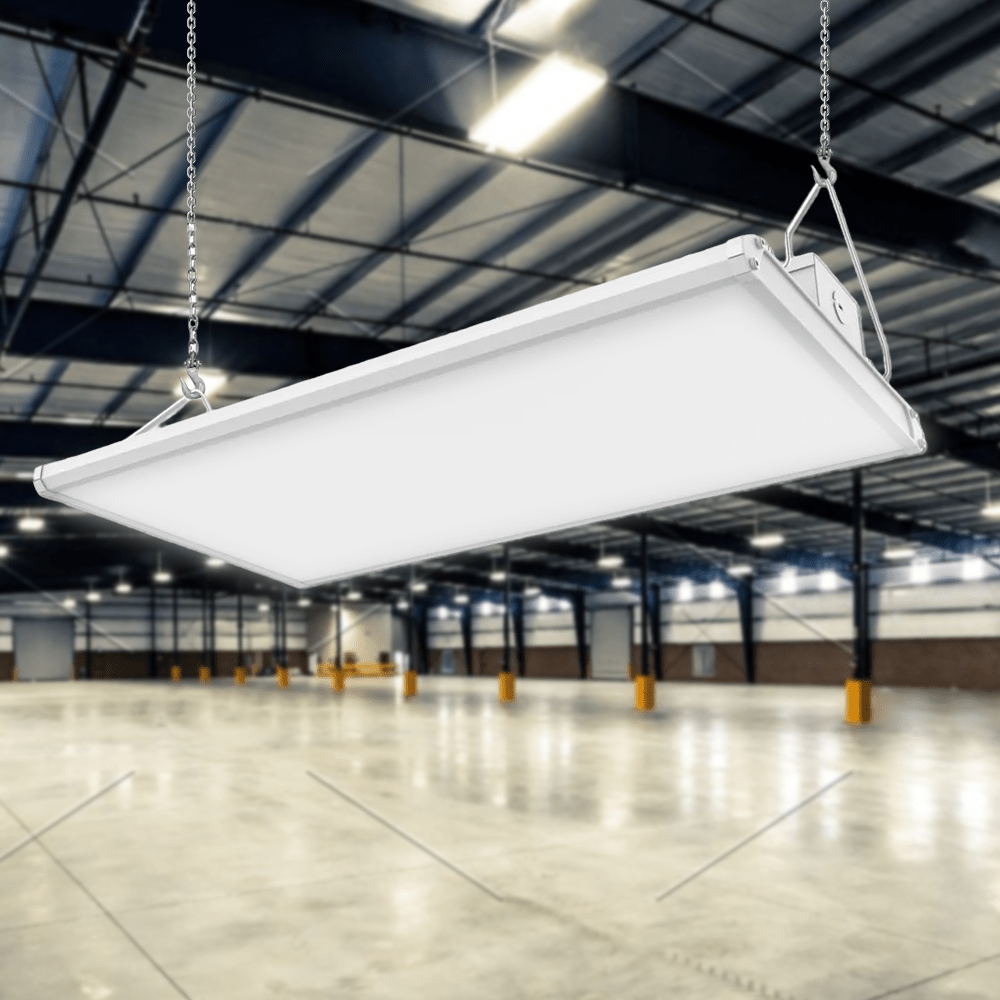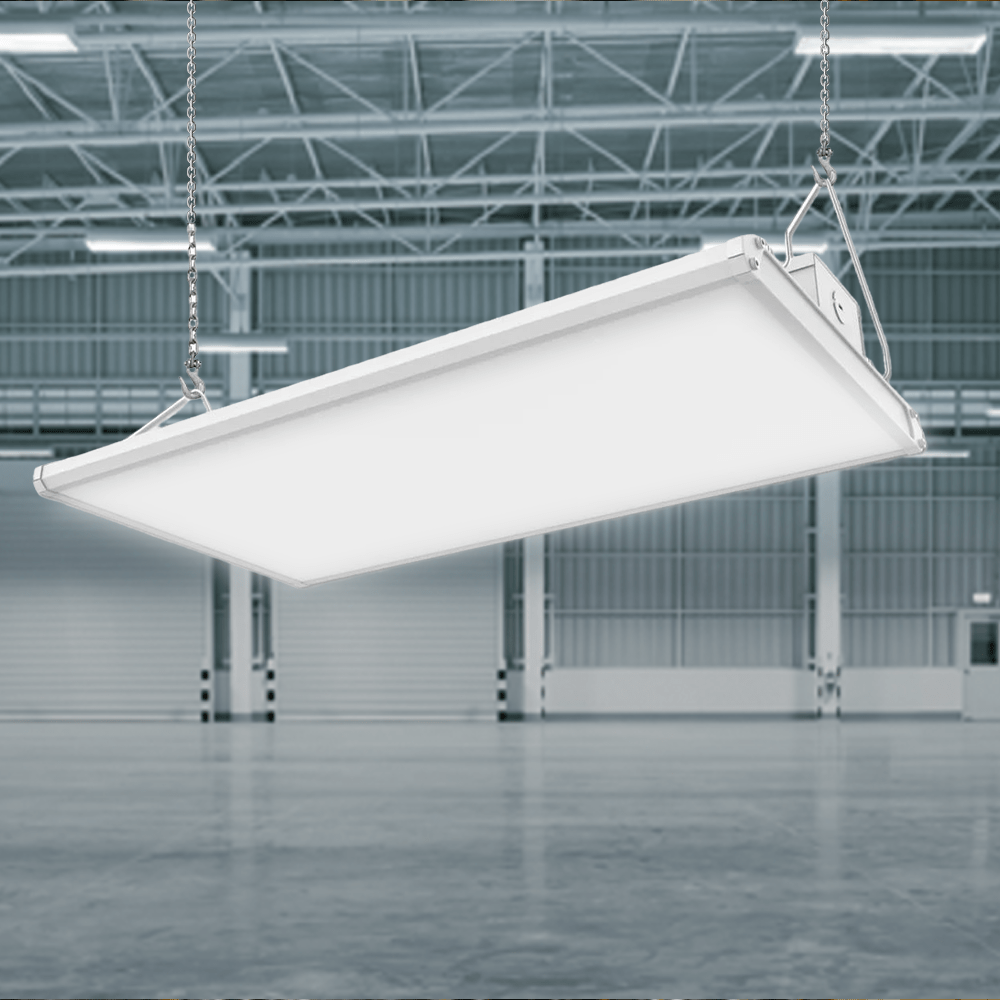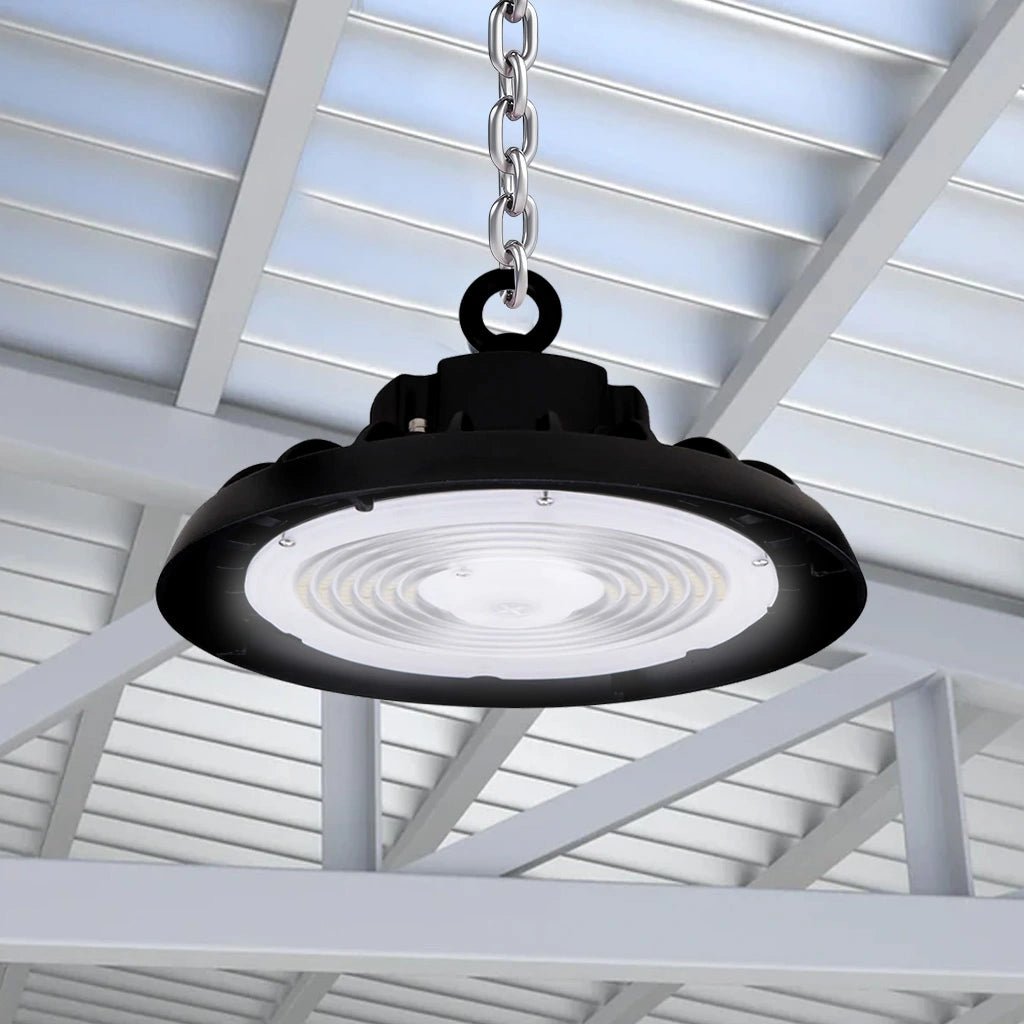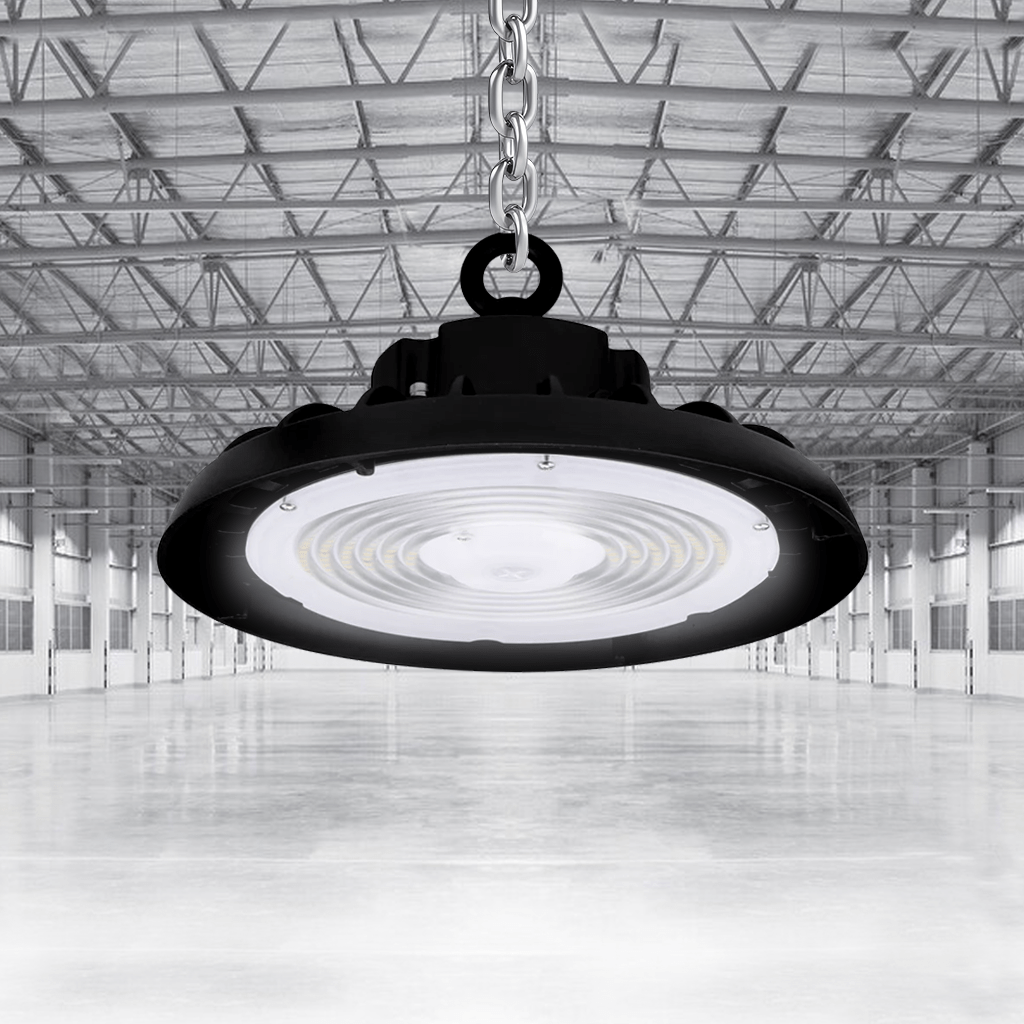Ever walked into a large warehouse or a spacious commercial setting and wondered, How many lights make it this bright? If you're planning a similar setup or renovating an existing one, the question might be even more pressing: How many high bay LED lights do I need?
Introduction to High Bay LED Lights
High bay LED lights are designed especially for spaces with high ceilings, typically ranging from 13 feet and above. These lights are essential for ensuring optimal illumination in vast spaces. But how many are just right? Too few and you're left with shadows and potential safety hazards. Too many and you might be wasting energy. Let's figure this out!
Factors Influencing the Number of Lights Needed
Understanding the factors that determine the number of high bay lights required can make your decision-making process smoother. Here are the most significant ones:
-
Size of the Area:
- This one's a no-brainer. A larger area generally requires more lights. But remember, it's not always a direct proportion.
-
Purpose of the Space:
- A storage warehouse may need less light than a manufacturing facility where detailed tasks are performed. Think about what's happening in the space.
-
Ceiling Height:
- The higher the ceiling, the more lights you might need. Lights mounted higher disperse light over a wider area but might reduce intensity at ground level.
-
Light Intensity and Distribution:
- Depending on the tasks performed, different areas might need varying light intensities. Uniform light distribution is crucial to avoid dark spots.
Benefits of Using the Right Number of High Bay Lights
Opting for the correct number of lights isn't just about illuminating a space; it's about efficiency and safety.
-
Energy Efficiency:
- The right number means no wasted energy. Think of it like Goldilocks – not too many, not too few, but just right.
-
Optimal Illumination:
- Proper lighting ensures tasks are done efficiently and accurately, especially in settings like workshops.
-
Safety and Comfort:
- Eliminate the risk of accidents due to poor lighting and ensure a comfortable environment for everyone.
Calculating the Number of High Bay Lights Required
So, how can you figure out the magic number?
-
Using Lux Levels:
- Lux is the measure of light intensity. Different spaces have recommended lux levels. For instance, a general warehouse might need 150-200 lux, while a workshop might require 300-500 lux. Measure your space and do the math!
-
Factoring in Spacing:
- Ensure lights are spaced adequately to avoid overlit and underlit areas. Even distribution is key!
Common Misconceptions
Don't fall for the myth that more lights mean better illumination. Sometimes, it's about the placement, type, and quality of the lights.
Real-life Scenarios and Examples
Consider a warehouse of 5000 sq ft aimed for storage. With a recommended lux level of 150, and each high bay LED offering 100 lux, you'd need around 75 lights. However, for a workshop of the same size, you'd need more due to the higher lux requirement.
Conclusion
Choosing the right number of high bay LED lights is a blend of science, math, and a bit of art. Understand your space, its purpose, and use the guidelines above to make an informed decision. After all, the right light can make all the difference!
FAQs
-
How does ceiling height affect the number of lights I need?
- Higher ceilings might require more lights as the light disperses over a wider area, reducing intensity at ground level.
-
What is lux and why is it important?
- Lux measures light intensity. Different spaces require different lux levels for optimal efficiency and safety.
-
Can I use a mix of different lights with high bay LEDs?
- Absolutely! Mixing light types can address specific needs within the same space.
-
Do all high bay LEDs offer the same light output?
- No, they vary. Always check the specifications before purchasing.
-
How often do I need to replace high bay LED lights?
- LED lights typically last longer than conventional bulbs. Depending on usage, quality, and brand, some can last up to 50,000 hours or more.




















































































